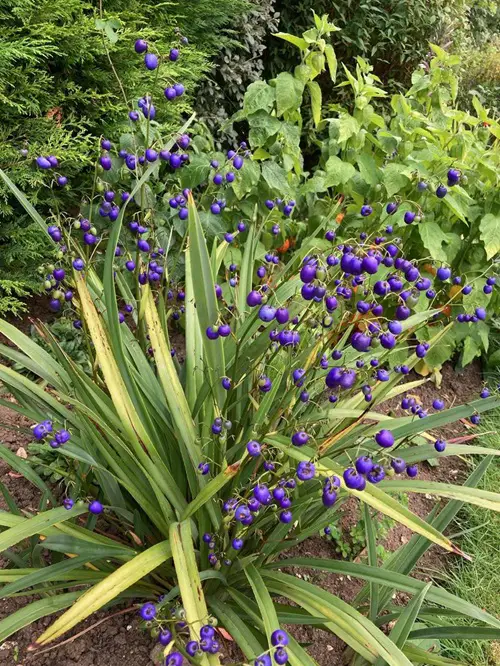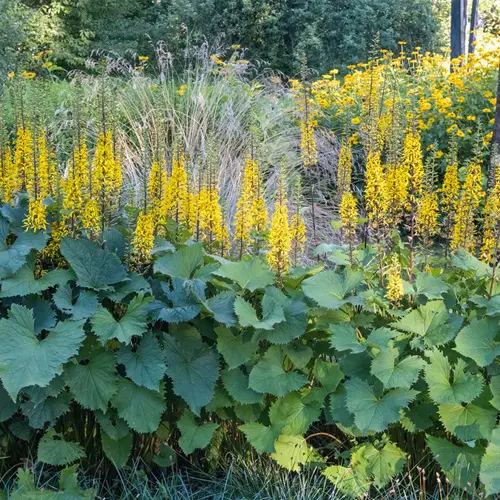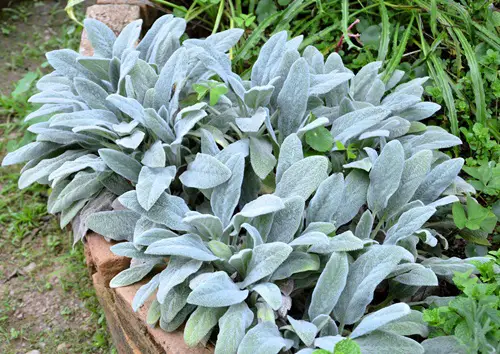Looking for Full Sun Hosta Alternatives with beautiful foliage? These attractive plants will surely amp up your outdoor garden!
Hostas are perennials that can be planted across borders and inside containers. They are grown for their attractive foliage. But none of the varieties can tolerate full sun. They preferred shaded spots and moisture. If you want hosta like foliage in your outdoor garden, check out these full-sun hosta alternatives.
Full Sun Hosta Alternatives
1. Wormwood

Botanical name: Artemisia absinthium
USDA Zones: 5 to 11
Wormwood is a perennial with scented silver-gray leaves that develop better coloration when placed in bright light or full sun. It also produces flowers, but people usually seek it for its beautiful foliage and low maintenance.
2. Century Plant

Botanical name: Agave americana L
USDA Zones: 8 to 11
Agave is a native of Mexico and the Southern United States with thick leaves, spiny margins, and pointed tips. It is an excellent hosta alternative for outdoor gardens if you live in a hot climate, as it does very well in full sun and dry conditions. Plus, you can find them in blue color.
3. Adam’s Needle
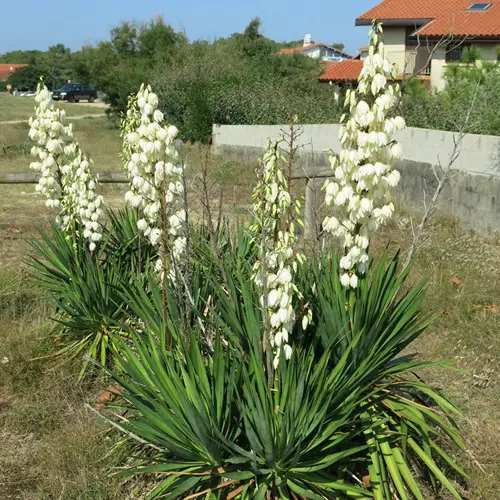
Botanical name: Yucca filamentosa
USDA Zones: 4 to 10
Adam’s needle is from the Asparagaceae family. It has rosette-shaped leaves that look like swords and curly fibers along their margins. Yuccas like these can live for decades, flower profusely from late spring to early summer, and thrive in full sun.
4. New Zealand Flax
Botanical name: Phormium tenax
USDA Zones: 8 to 11
New Zealand flax is a lovely hosta alternative for full sun that has evergreen foliage with long sword-like leaves, often in shades of purple, red, yellow, and cream. Moreover, it needs minimum care after establishment. Try these varieties if you’re going for this one.
5. Flax Lily
Botanical name: Dianella tasmanica
USDA Zones: 8 to 11
Flax lilies, with their strappy leaves, starry flowers, and beautiful berries, will let you flex your gardening muscles. This clumpy perennial likes well-drained soil and full sun. You can also plant them in mass plantings and curated landscapes. It’s great for landscaping as well!
6. Ligularia
Botanical name: Ligularia stenocephala
USDA Zones: 3 to 9
Although most ligularia varieties like partial shade, some, like Ligularia stenocephala, thrive in full sun. This perennial can grow up to 6 feet tall and has beautiful triangular leaves that will capture your gaze from afar. It is native to Japan, China, and Taiwan but is pretty easy to find in the US.
7. Siberian Bugloss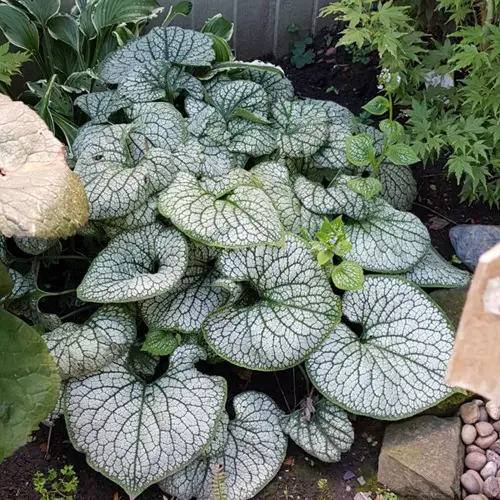
Botanical name: Brunnera macrophylla
USDA Zones: 3 to 8
Siberian bugloss is native to the Caucasus region and has large, heart-shaped leaves. It grows in clumps and forms a deep, dense ground cover. Some of its varieties, such as Diane’s Gold and Sea Heart, are noticeably more tolerant of heat and sun.
8. Lamb’s Ear
Botanical name: Stachys byzantina
USDA Zones: 4 to 9
Lamb’s ear grows and spreads around 3 feet in its native Western Asian region. Its leaves are large and oval-shaped, with thick silver hairs all over them. This hardy perennial can adapt to various temperatures if supplied with enough moisture, which makes it a great hosta alternative for full sun.
9. Lungwort
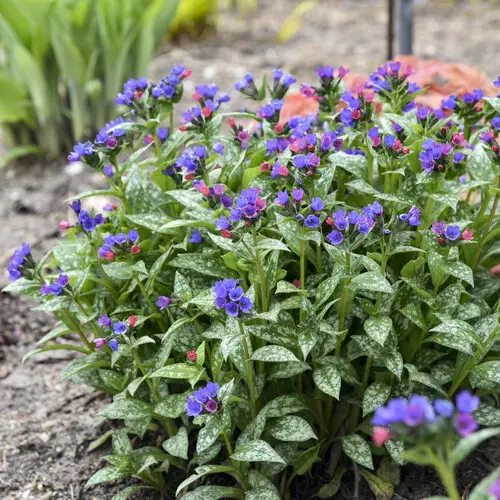
Botanical name: Pulmonaria officinalis
USDA Zones: 3 to 9
Lungworts are common in local growing areas of North America, Europe, and Asia. They like partially shaded places, but some cultivars, like the Blue Ensign, can tolerate full sun. This plant is known for its fuzzy, green leaves with spots of silver and white.



